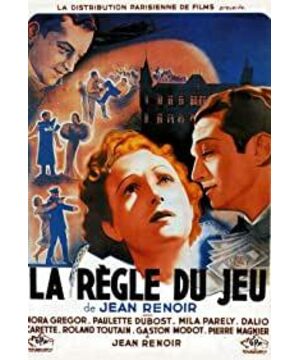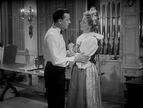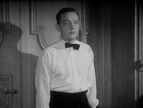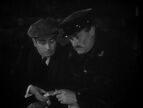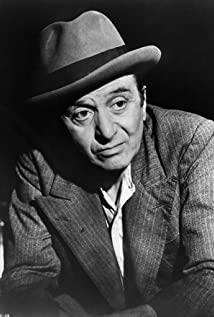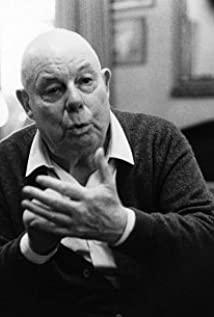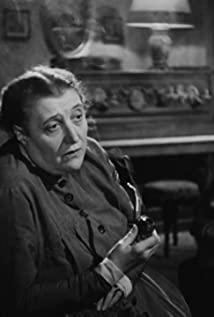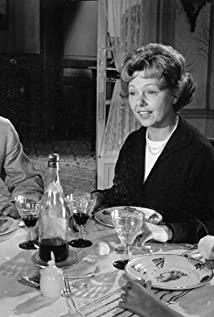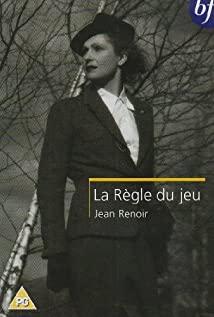I have seen how Renoir used moving cameras instead of words to express the identity of the characters and reveal the content of the story in "The Grand Illusion", and also experienced the romantic and simple poetic reality in "A Day in the Country". Now, in the masterpiece "Rules of the Game", I finally see the most interesting point of Renoir: the use of mise-en-scene (mainly the movement of characters) to complete the depth of field lens effect. It seems that the effect is not outstanding now, but it is definitely a technique that is ahead of the times and endowed with unique aesthetic effects - he is older than Orson Welles, although it is not a real depth of field lens.
Octave, played by Renoir himself, sheds light on the theme and the meaning of the title: "This is the hallmark of our time, where everyone lies, the pharmacist's manual, the government, the radio, the movies, the news, why are we simple people How about not lying?" Lying has become the default rule of the game for them, including Christine, who pondered sadly and angrily about her husband's infidelity. Although it is clarified in the opening subtitles that this film is not a study of social morality at that time, we can still regard it as a cross-sectional satire and reflection on French society before World War II.
The film has a huge amount of information, many characters, and complex relationships between characters. The story mainly consists of several pairs of relationships: pilot André Jurieux, Christine's husband Robert and hostess Christine; Christine, her husband Robert and her cheating partner Geneviève; and the maid Lisette, her husband Schulman, and the new brush shoe Russell; at the end of the film we were surprised to find that Christine also confessed to Octave, so the two of them, Christine's husband, and the pilot formed a four-corner relationship, and because Christine wore the cape of the maid Lisette, Shulman and Russell were hated, this At that time, the relationship between the imaginary and the real of the characters was already indistinguishable, and the intertwined and intertwined to the highest degree. These multi-sided relationships all ended in a reconciliation between rivals: Christine and Genevieve complained about her husband's bad habits and invited her to stay in the castle; the host expressed his willingness to hand Christine over after a fight with the pilot; Shu Mann and Russell were fired in the same way after causing the biggest farce at the party. In the end, the two frustrated people not only reconciled, but also created the biggest tragedy outside the party together.
Much of the film is satirical comedy, and note the dialogue between two men who appear twice, as they witly and sarcastically survey the upper echelons of the castle. It ended with a tragic ending with the pilot's death, and it was confusing that those around the pilot were not so surprised and saddened by his death, they parted and went their separate ways. This may be something Renoir didn't deal with at the end.
View more about The Rules of the Game reviews


